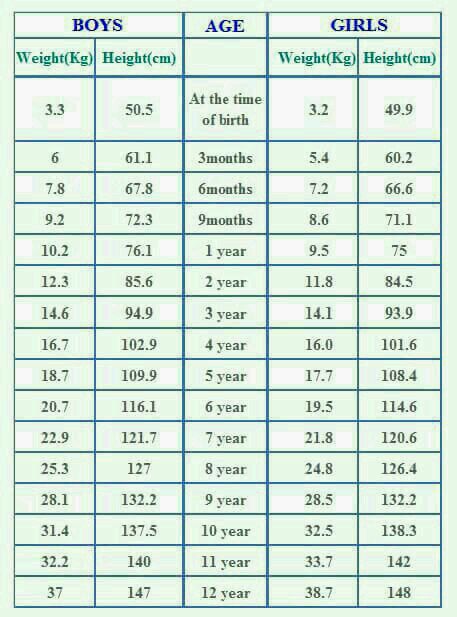The Average Weight of a 4th Grader: Understanding Childhood Development
As children grow and develop, their physical characteristics, including weight, undergo various changes. One common question parents and educators often have is about the average weight of a 4th grader. In this article, we will explore the topic of the average weight of 4th graders, shedding light on the factors that influence weight and providing insights into healthy childhood development.

4th grader girls
1. Defining the 4th Grade Age Group:
The 4th grade typically includes children around the age of 9 to 10 years old. At this stage, children are in the midst of their elementary school years, and their bodies are undergoing significant growth and development.
2. Factors Affecting Weight Variation:
It is important to note that weight can vary greatly among individuals, even within the same age group. Several factors contribute to this variation, including genetics, body composition, height, gender, and overall health.
3. Average Weight Range:
While it is difficult to provide an exact average weight for all 4th graders due to individual differences, the Centers for Disease Control and Prevention (CDC) provides growth charts that can offer general guidelines.
According to these charts, the average weight for 4th graders ranges from approximately 50 to 90 pounds (22.7 to 40.8 kilograms) for boys and 45 to 85 pounds (20.4 to 38.6 kilograms) for girls.
4. Importance of Growth Monitoring:
Monitoring a child's growth, including their weight, is crucial for ensuring they are progressing along a healthy trajectory. Regular check-ups with pediatricians or healthcare professionals can provide valuable insights into a child's growth patterns and overall well-being.
5. Healthy Weight Management:
Maintaining a healthy weight is important for children's overall health and well-being. It is essential to focus on promoting healthy habits rather than solely emphasizing weight numbers. Encouraging a balanced diet, regular physical activity, and positive body image can contribute to a child's overall well-being.
6. Individual Differences and Growth Spurts:
It is crucial to recognize that children experience growth spurts at different times, and individual growth patterns can vary. Some children may experience rapid growth during 4th grade, while others may have a more gradual growth trajectory. It's important to consider a child's overall development and growth trends rather than focusing solely on weight.
7. Supporting Healthy Development:
Parents, caregivers, and educators play a vital role in supporting healthy development in children. Encouraging a positive body image, promoting nutritious meals and snacks, and providing opportunities for physical activity can contribute to a child's overall well-being.

Average weight of 4th grader table
The average weight of a 4th grader can vary depending on various factors, including genetics, body composition, height, gender, and overall health. While there is a general range of average weights for 4th graders, it is important to focus on overall health and well-being rather than solely on weight numbers. Supporting healthy habits, promoting positive body image, and monitoring growth patterns are essential for ensuring optimal development in children.